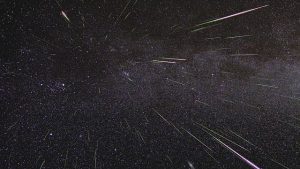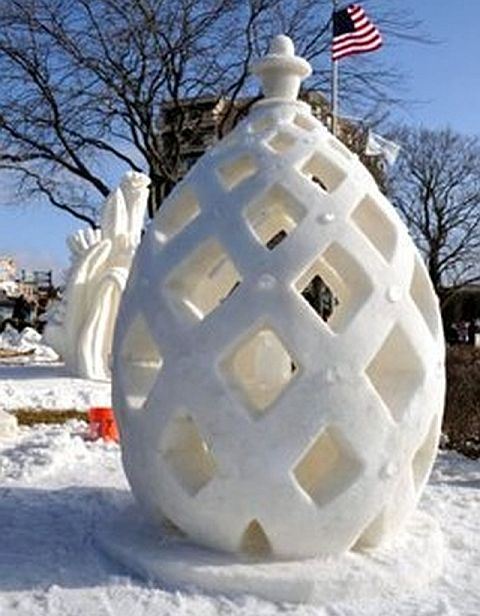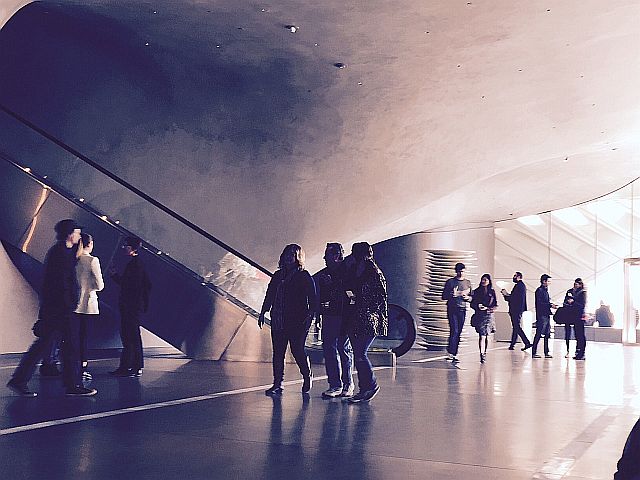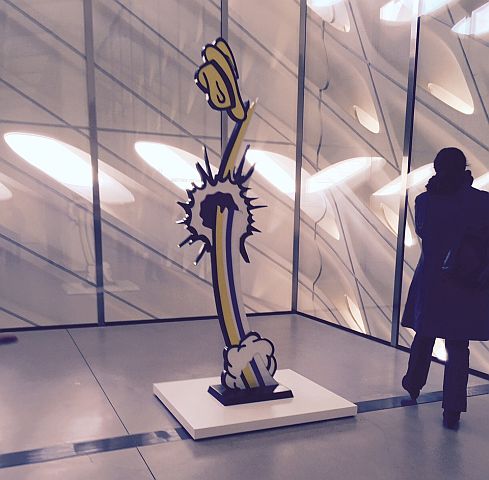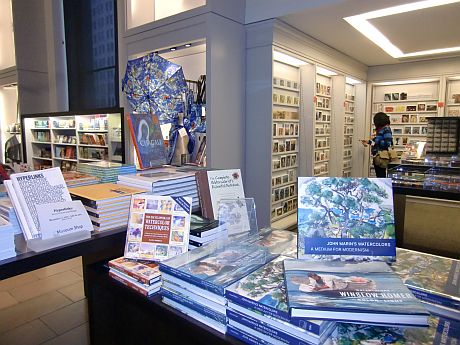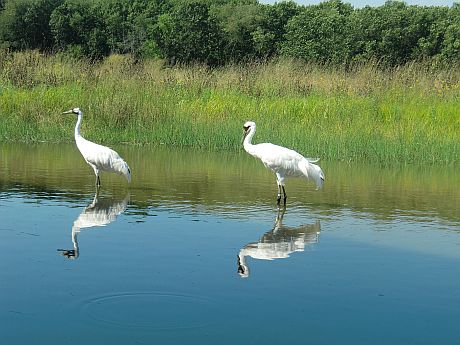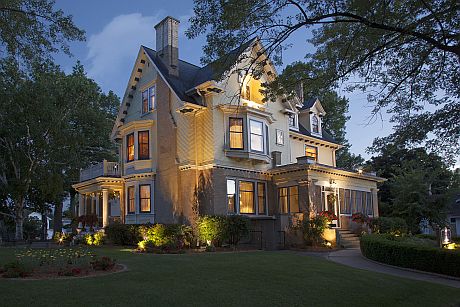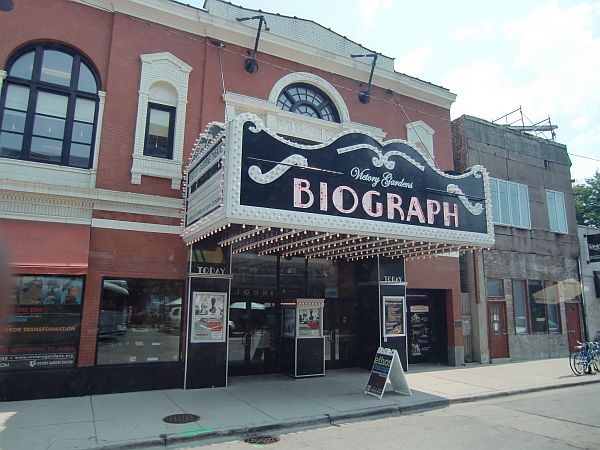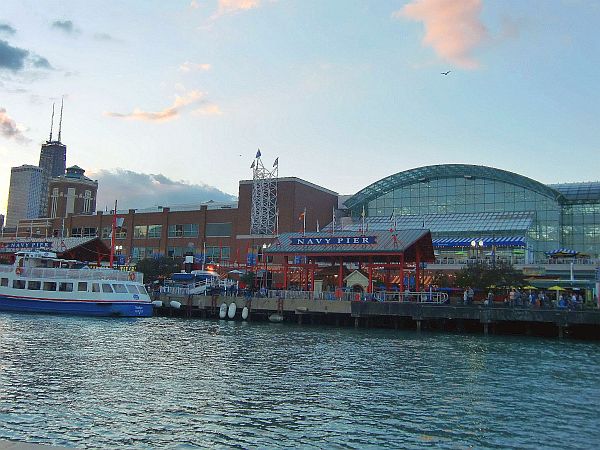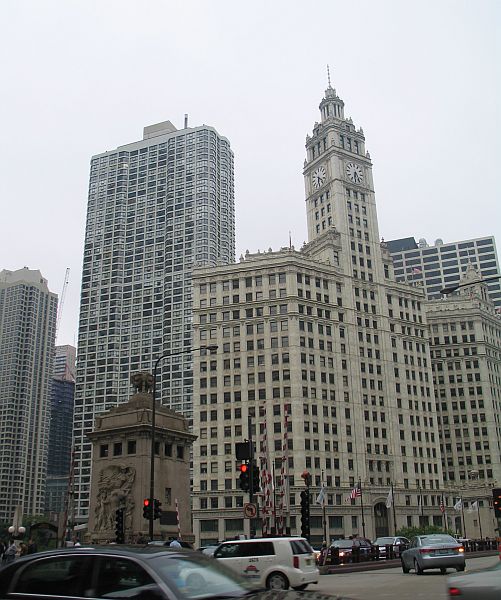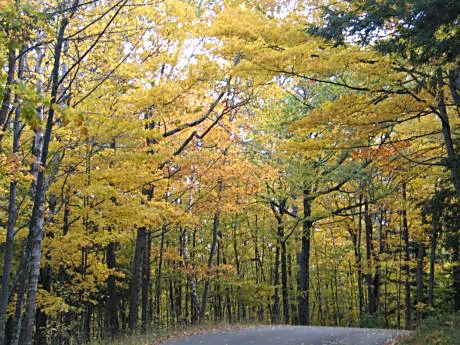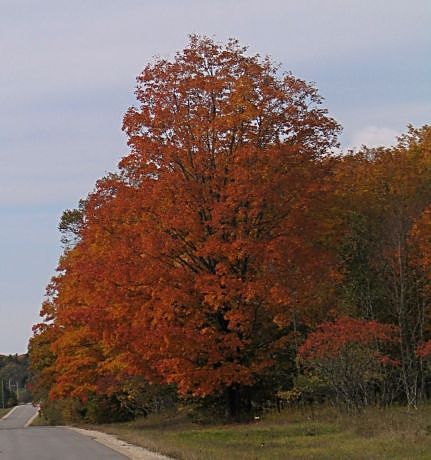
Star Trek fans and crew members of the Starship Enterprise might not want to ask engineer “Scotty” to beam them back home until after they negotiate Richardson Farm’s new giant maze in Spring Grove, IL.
About 21 football fields in size, the maze’s trails cut out images of Captain Kirk, Spock, the Starship, planets, stars and a Star Trek 50 logo. They celebrate the popular series’ 50th anniversary.
“We key in on anniversaries,” said George Richardson. Add celebrations. Last year, the family paid tribute to the Chicago Blackhawk’s 2014-15 Stanley Cup win.
Begun in 2001, the maze has celebrated a wide range of subjects from its first feel-good family farm scene to military veterans and the Beatles.
With 11 miles of trails crisscrossing a 33-acre cornfield, the Richardson Maze is considered the largest in the world. Doing parts of it can take 10 minutes to about an 1½ hours depending on trail choice. It can be a good half-day of fall family fun.
Of course doing the maze during a full moon, maybe with help from flashlights is also fun or spooky. The maze stays open until midnight during full-moon nights Sept. 16-17 and Oct. 14-15 and stays up through October.
As if the maze weren’t enough of a draw for a fall day in the country, the farm also has a ton of family-friendly activities such as a 50 foot slide, train rides and a vintage carousel.
Formerly a pig farmer, Richardson explains the family’s maze craze as “much more fun than raising pigs.” He said, “I love having people come to see us and enjoy themselves here. This is so much better than pigs.”
The Richardson Farm is at 909 English Prairie Rd., Spring Grove, IL 60081 on US Highway 12, six miles west of Fox Lake and five miles east of Richmond. For other information visit Richmond Farm and Adventure Farm or call 815-675-9729.

